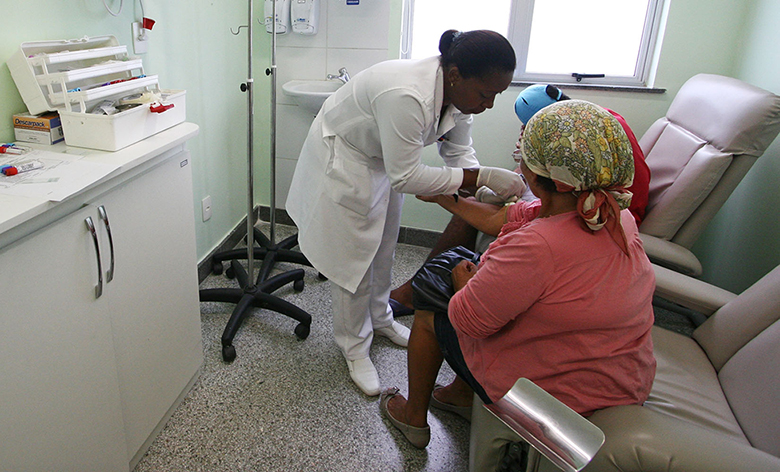22.1 – Introduction to Labor and Financial Markets

Baby Boomers Come of Age
The Census Bureau reports that as of 2020, around 17% of the U.S. population was 65 or older, which means that almost 56 million people are reaching an age when they will need increased medical care.
The baby boomer population, the group born between 1946 and 1964, is comprised of approximately 70 million people who have just reached retirement age. As this population grows older, they will be faced with common healthcare issues such as heart conditions, arthritis, and Alzheimer’s that may require hospitalization, long-term, or at-home nursing care. Aging baby boomers and advances in life-saving and life-extending technologies will increase the demand for healthcare and nursing. Additionally, the Affordable Care Act, which expands access to healthcare for millions of Americans, will further increase the demand.
According to the Bureau of Labor Statistics, registered nursing jobs are expected to increase by 6-9% between 2022 and 2032, faster than overall projected job growth. The median annual wage of $81,220 (in 2022) is also expected to increase. One concern is the low rate of enrollment in nursing programs to help meet the growing demand. According to the American Association of Colleges of Nursing (AACN), enrollment in 2020 increased by only 5.6% due in part to a shortage of nursing educators and teaching facilities.
These data tell us, as economists, that the market for healthcare professionals, and nurses in particular, will face several challenges. Our study of supply and demand will help us to analyze what might happen in the labor market for nursing and other healthcare professionals, as discussed in the second half of this case at the end of the chapter.
Learning Objectives
In this chapter, you will learn about:
- Demand and Supply at Work in Labor Markets
- Demand and Supply in Financial Markets
- The Market System as an Efficient Mechanism for Information
The theories of supply and demand do not apply just to markets for goods. They apply to any market, even markets for labor and financial services. Labor markets are markets for employees or jobs. Financial services markets are markets for saving or borrowing.
When we think about demand and supply curves in goods and services markets, it is easy to picture who the demanders and suppliers are: businesses produce the products and households buy them. Who are the demanders and suppliers in labor and financial service markets? In labor markets job seekers (individuals) are the suppliers of labor, while firms and other employers who hire labor are the demanders for labor. In financial markets, any individual or firm who saves contributes to the supply of money, and any who borrows (person, firm, or government) contributes to the demand for money.
As a college student, you most likely participate in both labor and financial markets. Employment is a fact of life for many college students: In October 2022, says the BLS, 42% of full-time students and 81% of part-time students were working in addition to their studies. Many college students are also heavily involved in financial markets, primarily as borrowers. Among full-time students in the 2020-2021 school year, 38% took out a loan to help finance their education, and those loans averaged about $7,700 per year. Many students also borrow for other expenses, like purchasing a car. As this chapter will illustrate, we can analyze labor markets and financial markets with the same tools we use to analyze demand and supply in the goods markets.
